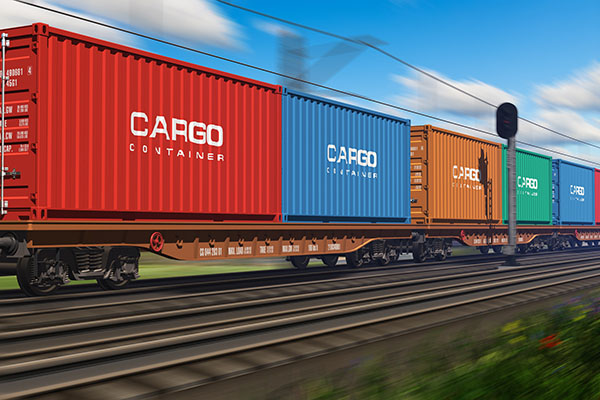IANA reports solid second quarter intermodal volumes
Total second quarter intermodal volume movements, at 4,741,054, were up 6.2% annually.
Second quarter intermodal volume growth picked up where the first quarter left off: heading in the right direction and going strong. That was one of the key takeaways from the Intermodal Association of North America’s (IANA) quarterly “Intermodal Market Trends & Statistics Report,” which was released this week.
Total second quarter intermodal volume movements, at 4,741,054, were up 6.2% annually. This also marks a 4% improvement over the first quarter’s 4,547,247, which, heading into this quarter had stood as the best quarter for intermodal in nearly four years, going back to the second quarter of 2014.
While the second quarter marks the best-ever quarter from a volume perspective, the 6.2% annual rate of growth was below the first quarter’s 7.2% annual spread.
As was the case in the first quarter, international, or ISO, containers paced all intermodal categories tracked by IANA, rising 4.8% (ahead of the first quarter’s 1.3% increase) to 2,382,454. Domestic containers saw a 6.1% annual increase to 2,001,589 (compared to a 6.2% gain in Q1), and trailers headed up 18.1% (compared to 14.5% in Q1) to 357,011.
In the report, IANA cited various drivers behind another strong quarterly performance, including: a strong economy that increased transportation demand and tight trucking conditions that continue to push domestic intermodal. It also observed that intermodal shipments continue to see the benefits of higher diesel prices and tight capacity.
As for the sequential reduction in the annual rate of growth from 7.2% in the first quarter to 6.2% in the second quarter, though, it explained that it is the byproduct of slower international growth, adding that the first quarter represents a steady long-term growth rate, but it also the smallest quarterly annual growth rate going back to the first quarter of 2017.
IANA President and CEO Joni Casey said in an interview that the mild sequential decline is not a major issue, given that the overall long-term growth trend remains firmly intact.
Looking at the 18.1% annual gain in trailer shipments, she said that speaks largely to the lack of available over-the-road capacity for the most part. And on the ISO side, which saw its lowest annual increase since the first quarter of 2017, Casey said that it is most likely the result of importers trying to ship goods prior to the new tariff laws taking effect, which was also a driver in the first quarter.
When asked about the impact of tight trucking capacity and the ongoing driver shortage on intermodal volumes Casey said that neither should be viewed as a hindrance.
“They are factors resulting in intermodal growth…and the continuing strong economy and consumer spending is sustaining the overall growth in freight shipments,” she said. “Intermodal volume increases will come from consistent service and additional capacity in traditional highway lanes. We have also seen an uptick in exports which is a contributing factor.”
What’s more, Casey said she was “bullish” about intermodal’s volume prospects for the remainder of 2018, adding that Peak Season volumes, which are partially baked into third quarter numbers, are likely to be strong.
Second quarter results for IMCs (Intermodal Marketing Companies) were solid across the board, with:
- total loads up 10.6% at 1,094,317;
- highway loads up 15.6% at 640,617 and intermodal loads up 4.2% at 453,700;
- total revenue up 28.6% at $2,485,066,986;
- highway revenue up 44.5% at $1,175,075,957 and intermodal revenue up 17.1% at $1,309,991,030; and
- average per intermodal revenue per load up 12.4% at $2,887 and average per highway load up 25$ at $1,834
IANA said that gains in volume are also likely due to over-the-road capacity constraints. And as was the case in the first quarter, roughly one-third of second quarter domestic growth was in trailer, with most intermodal trailer loads coming from less-than-truckload and parcel carriers, rather than IMCs.













